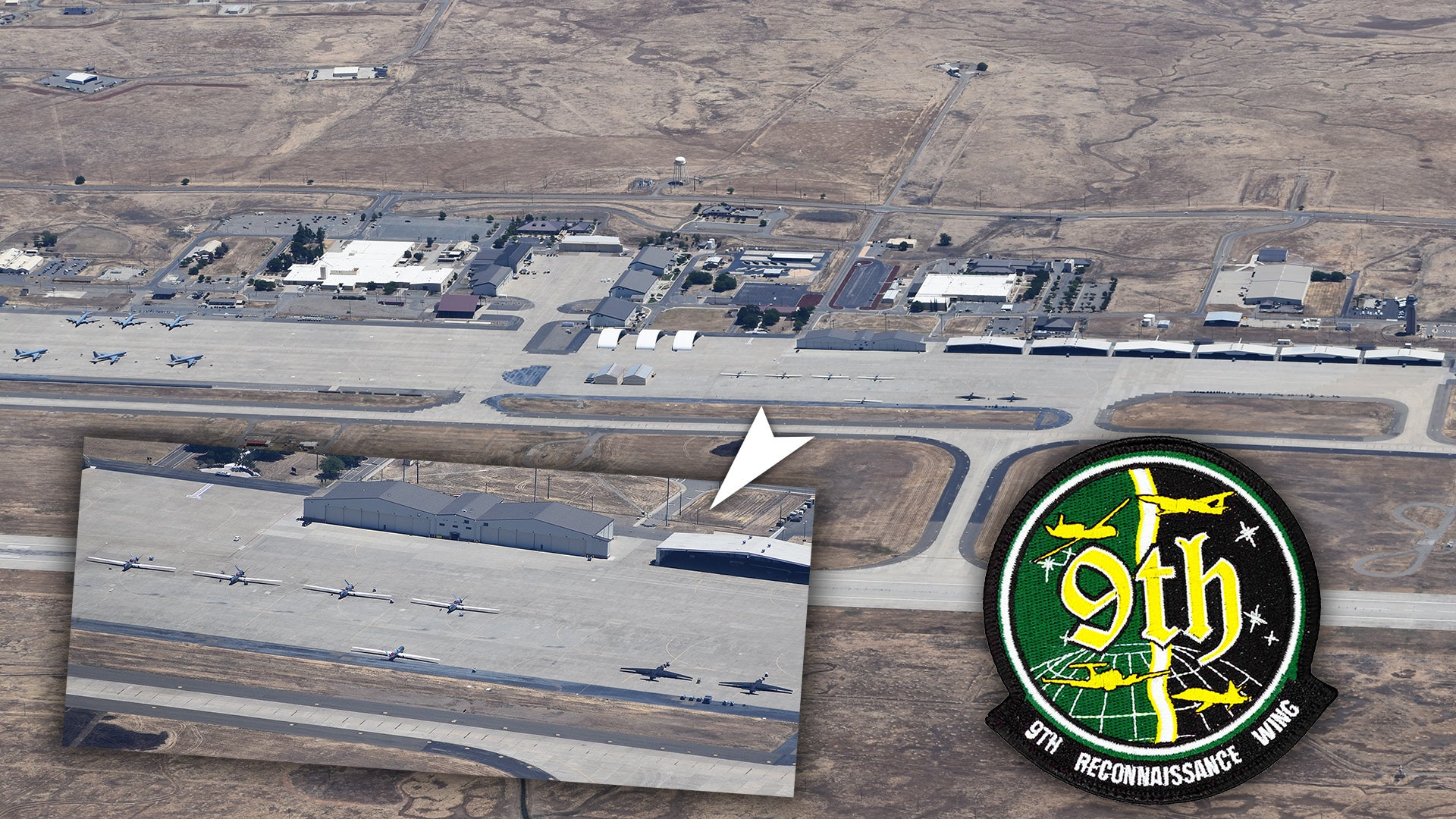Private pilot Gabriel Zeifman is up to his usual aviation adventures once again, which sometimes includes traversing unusual airspace that is often off-limits to commercial and private air traffic. He has buzzed around the perimeter of Area 51 and through restricted ranges throughout the region, all legally with air traffic control’s permission. Now Zeifman took his little Cessna over the top of Beale Air Force Base in Northern California, home of the U-2 Dragon Lady and RQ-4 Global Hawk spy planes, along with the U-2 community’s black T-38 Talon trainers, and a squadron of KC-135R tankers, and snapped some photos along the way. The images are fascinating as always, but one area, in particular, is especially intriguing.
The images show the storied base in its latest configuration. It is a relatively spartan airfield considering its huge strategic importance, with just one runway for its aircraft to use. Where SR-71 Blackbirds once sat, RQ-4 Global Hawk drones sit today. The U-2, which has called the base home for the better part of a century, is slated to continue flying into the foreseeable future, while a substantial portion of the RQ-4 Global Hawks—the Block 30 model—that were originally intended to replace them, may meet an early retirement. Still, the most capable Block 40 Global Hawks will continue on.
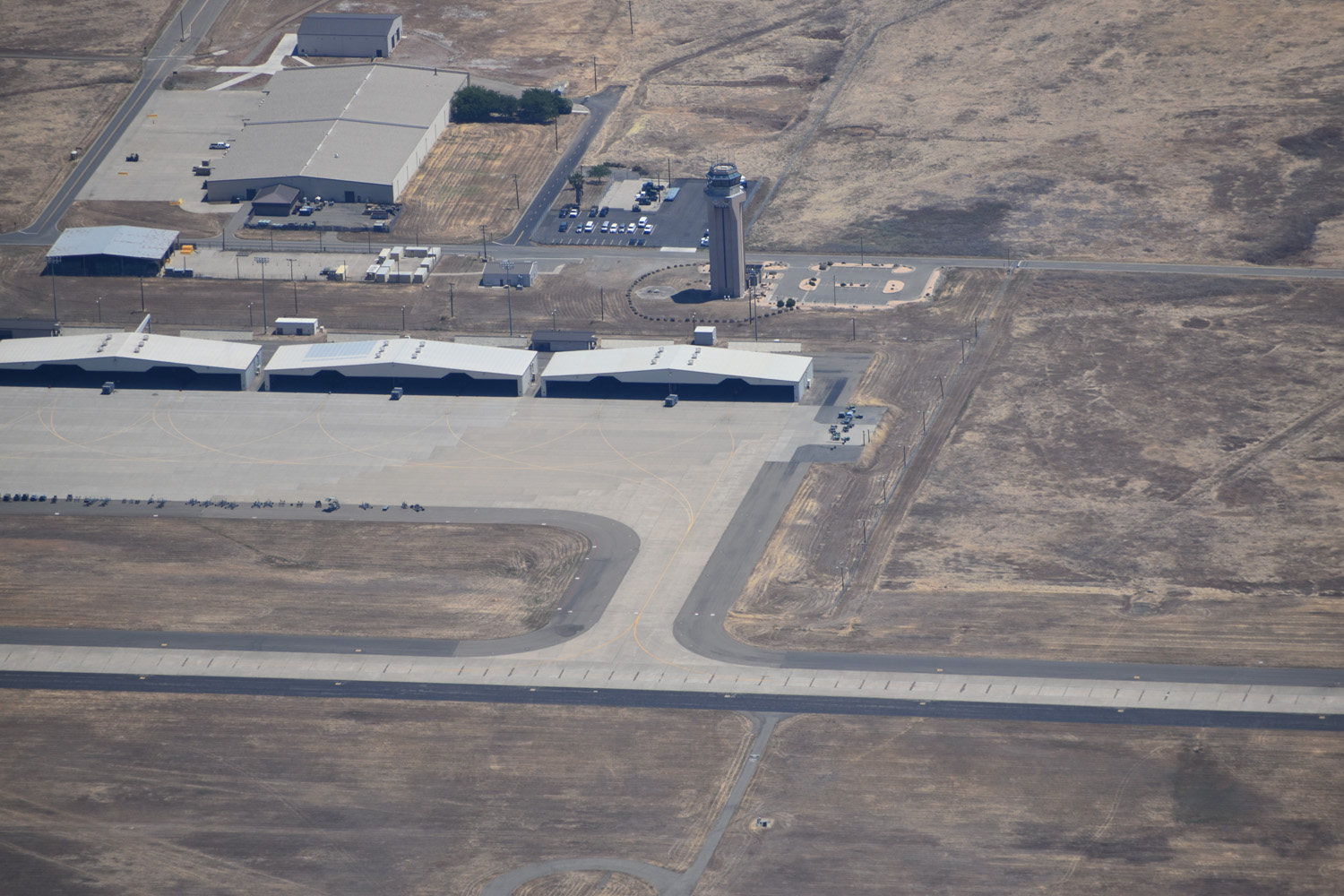
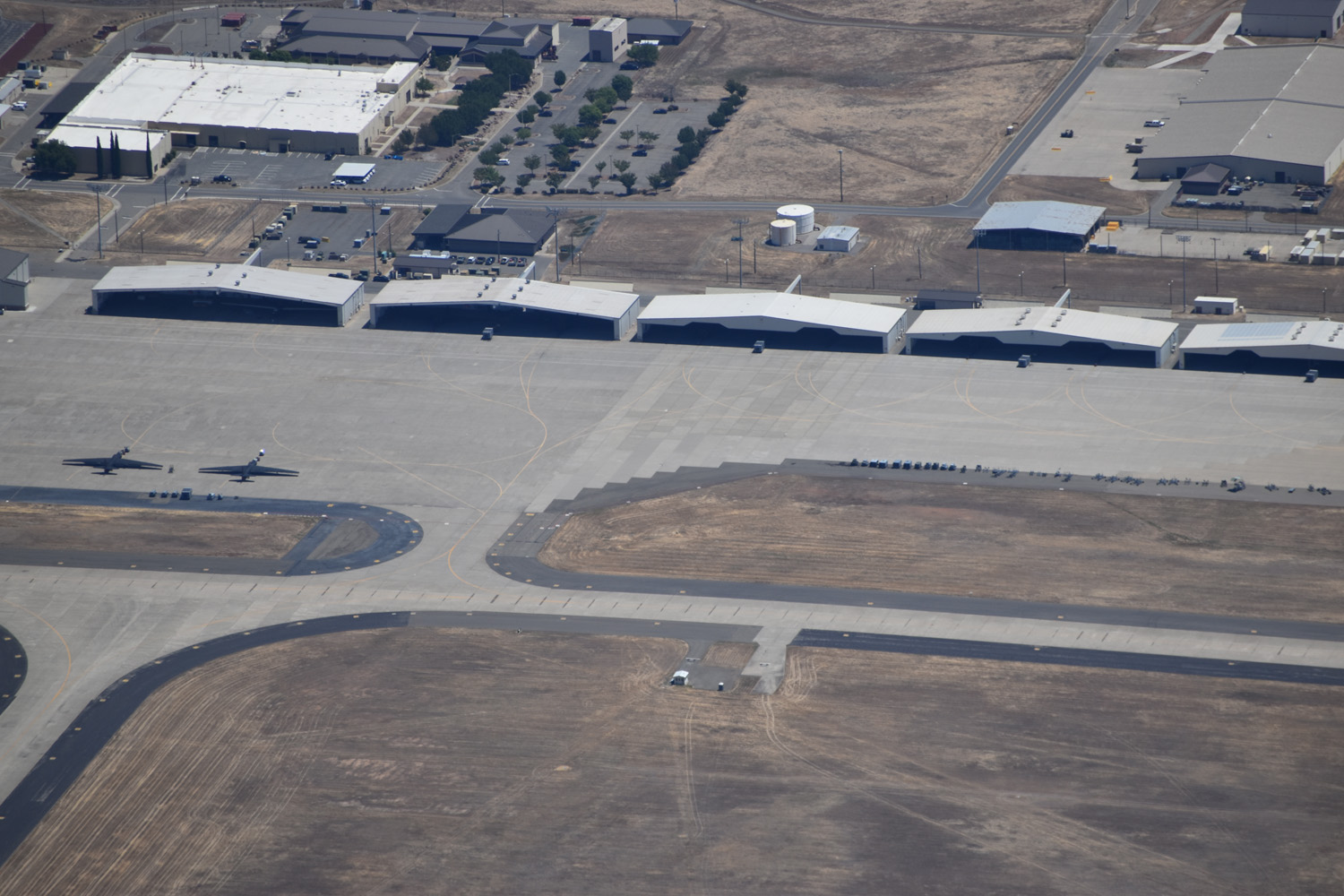
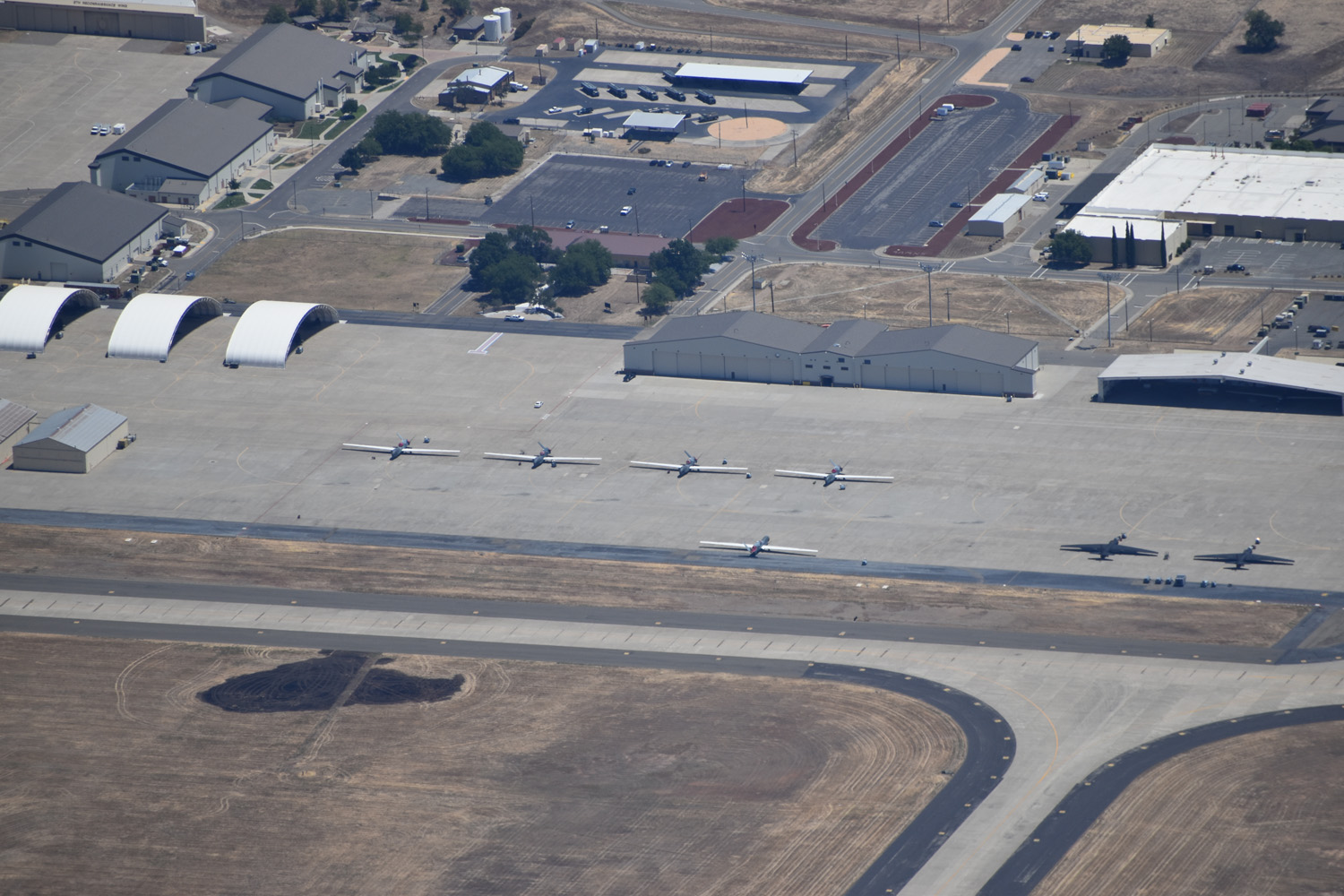
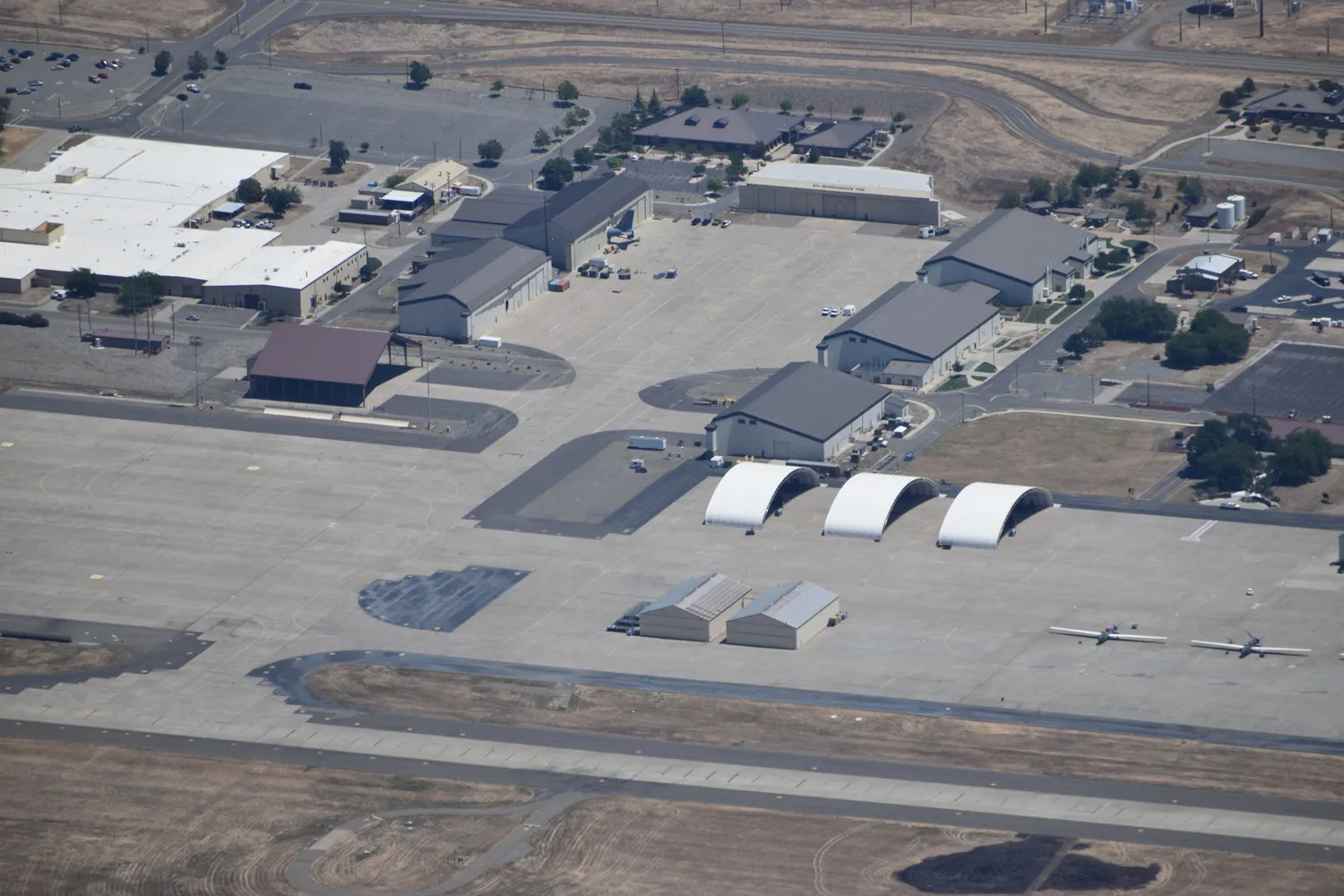
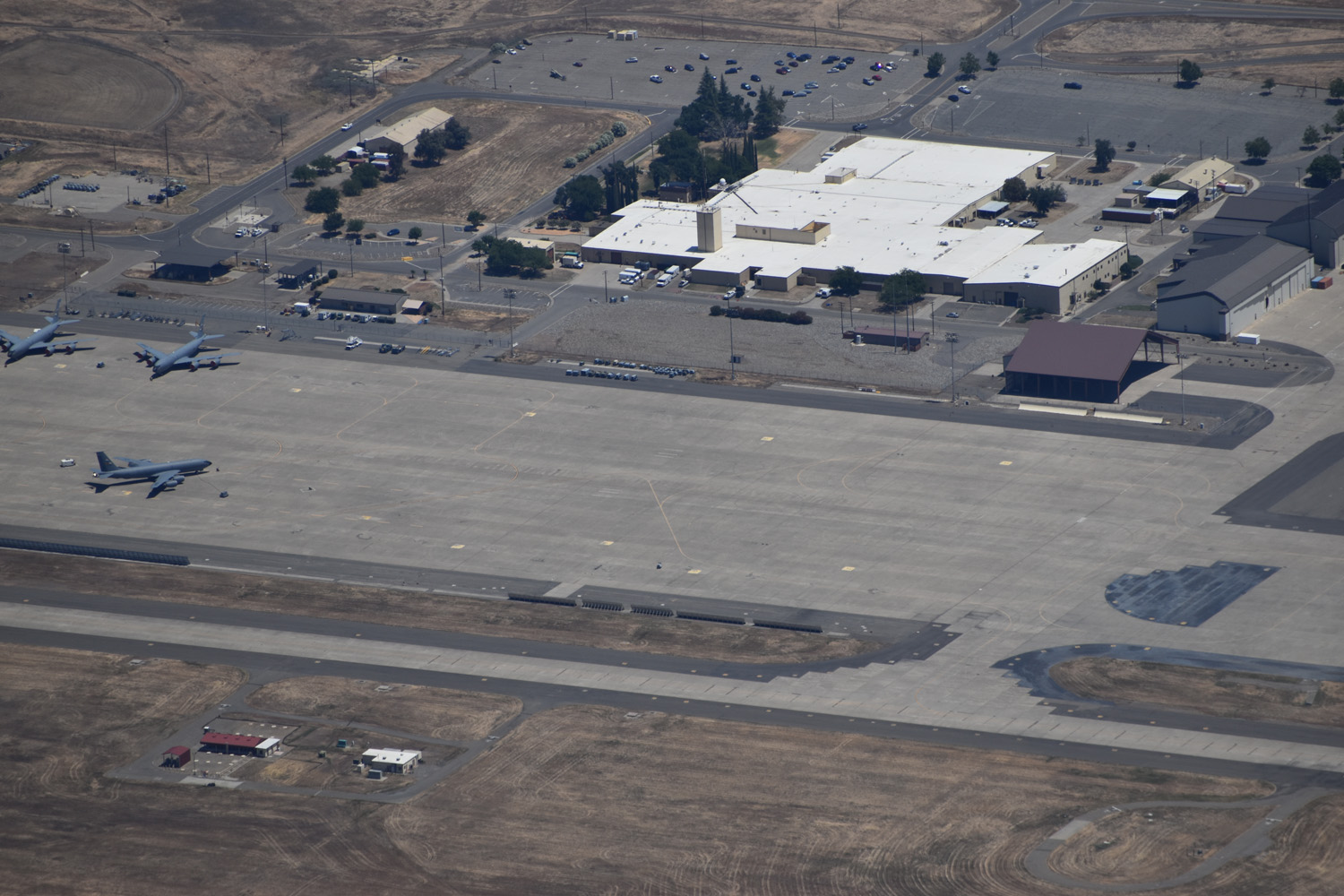
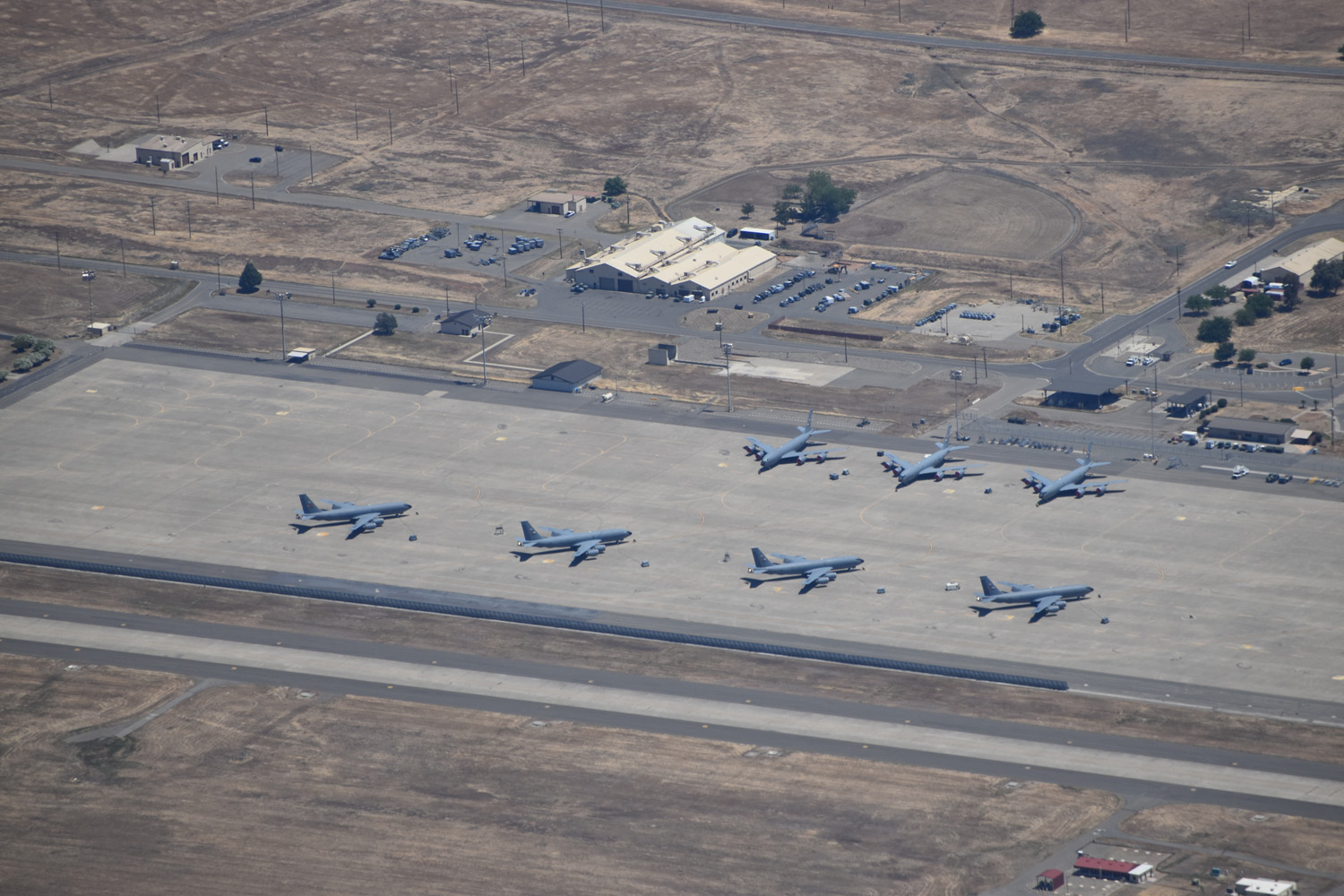
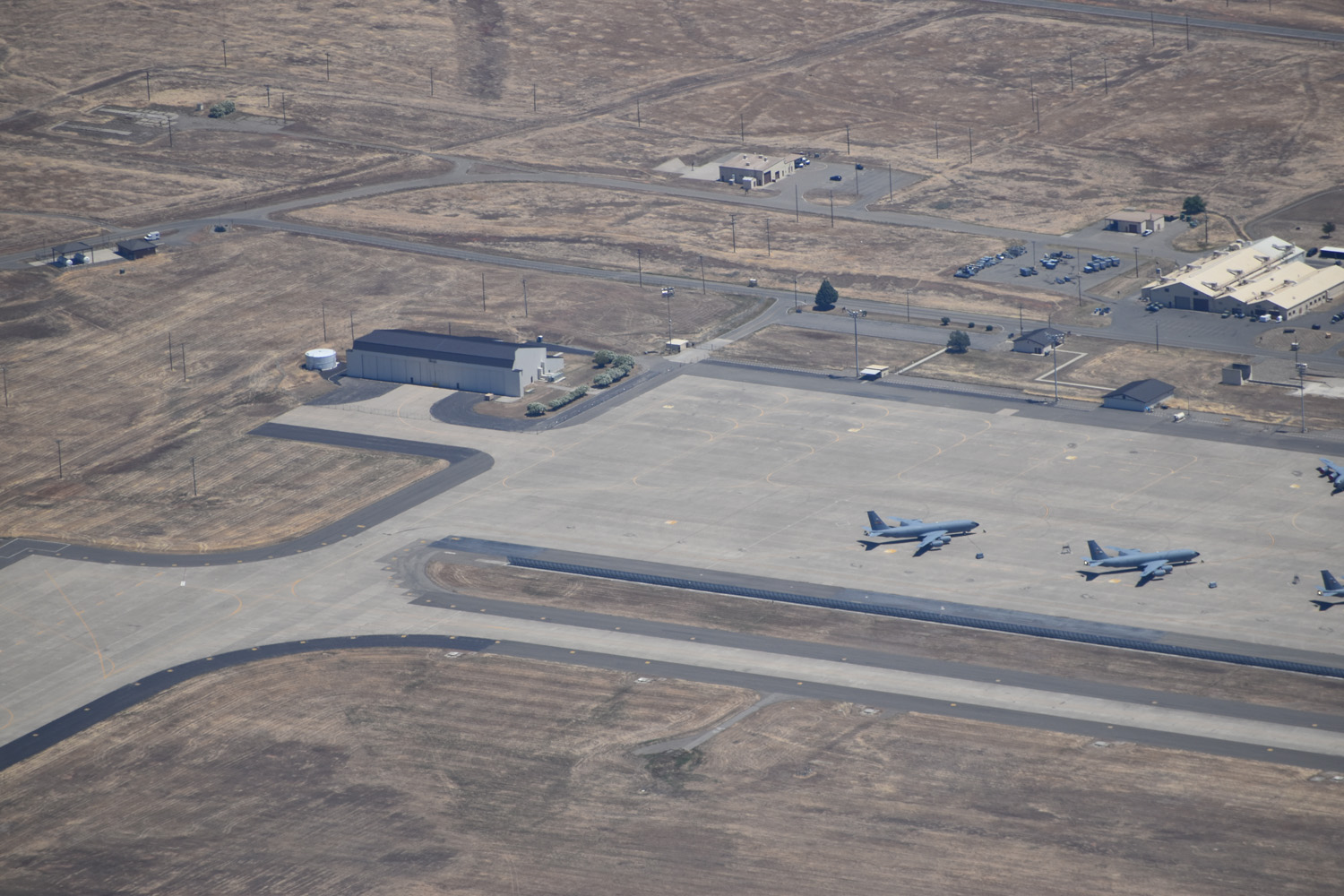
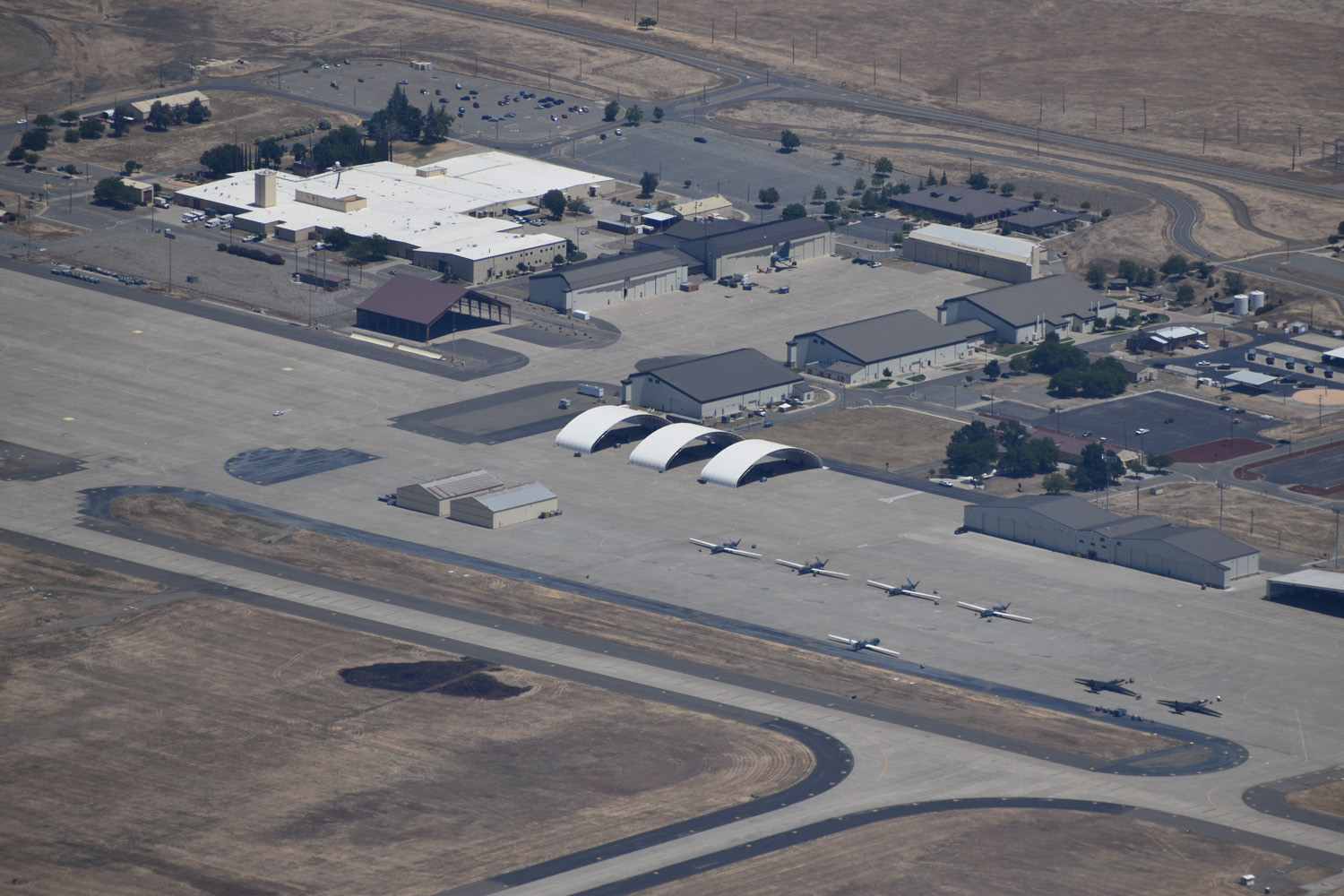
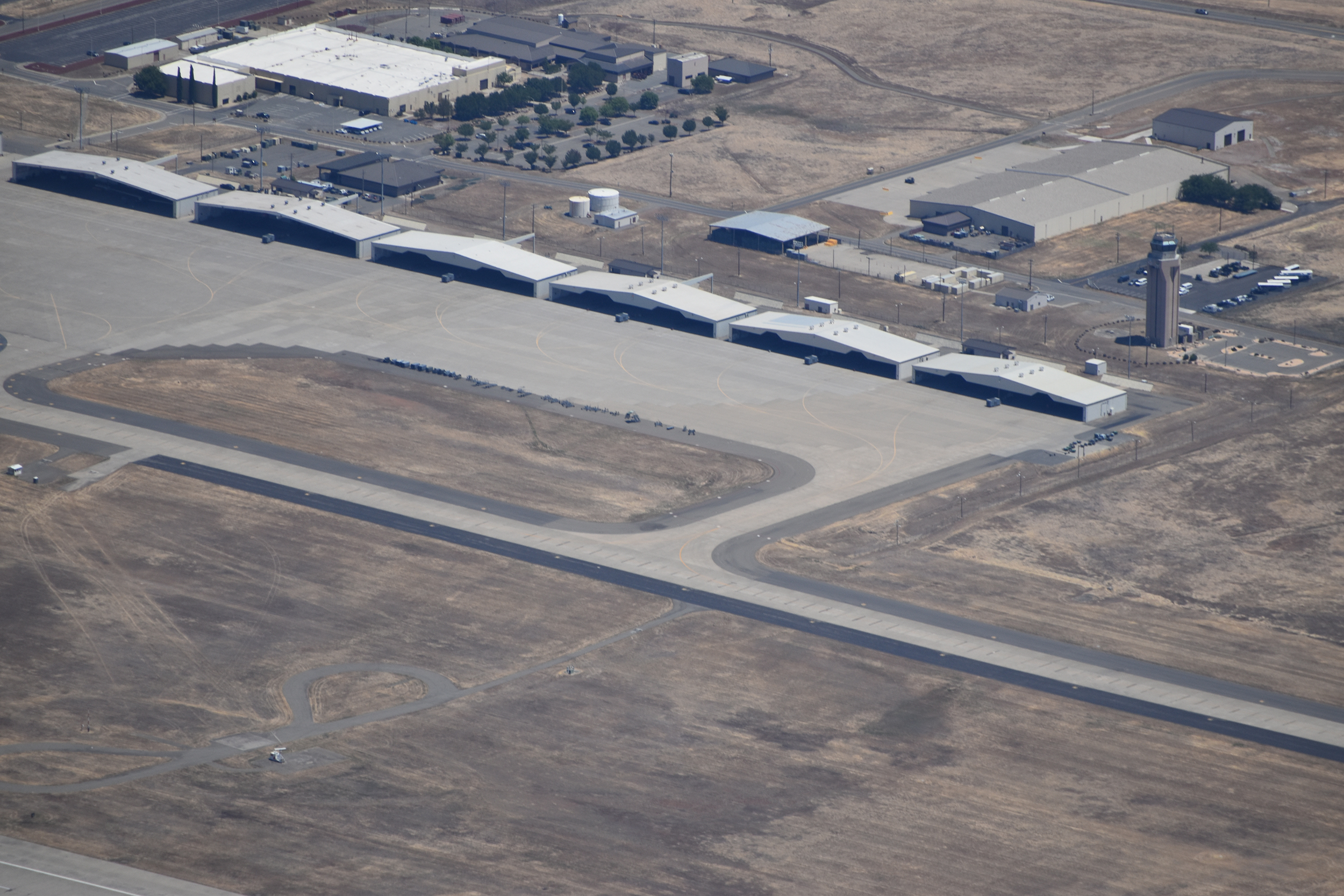

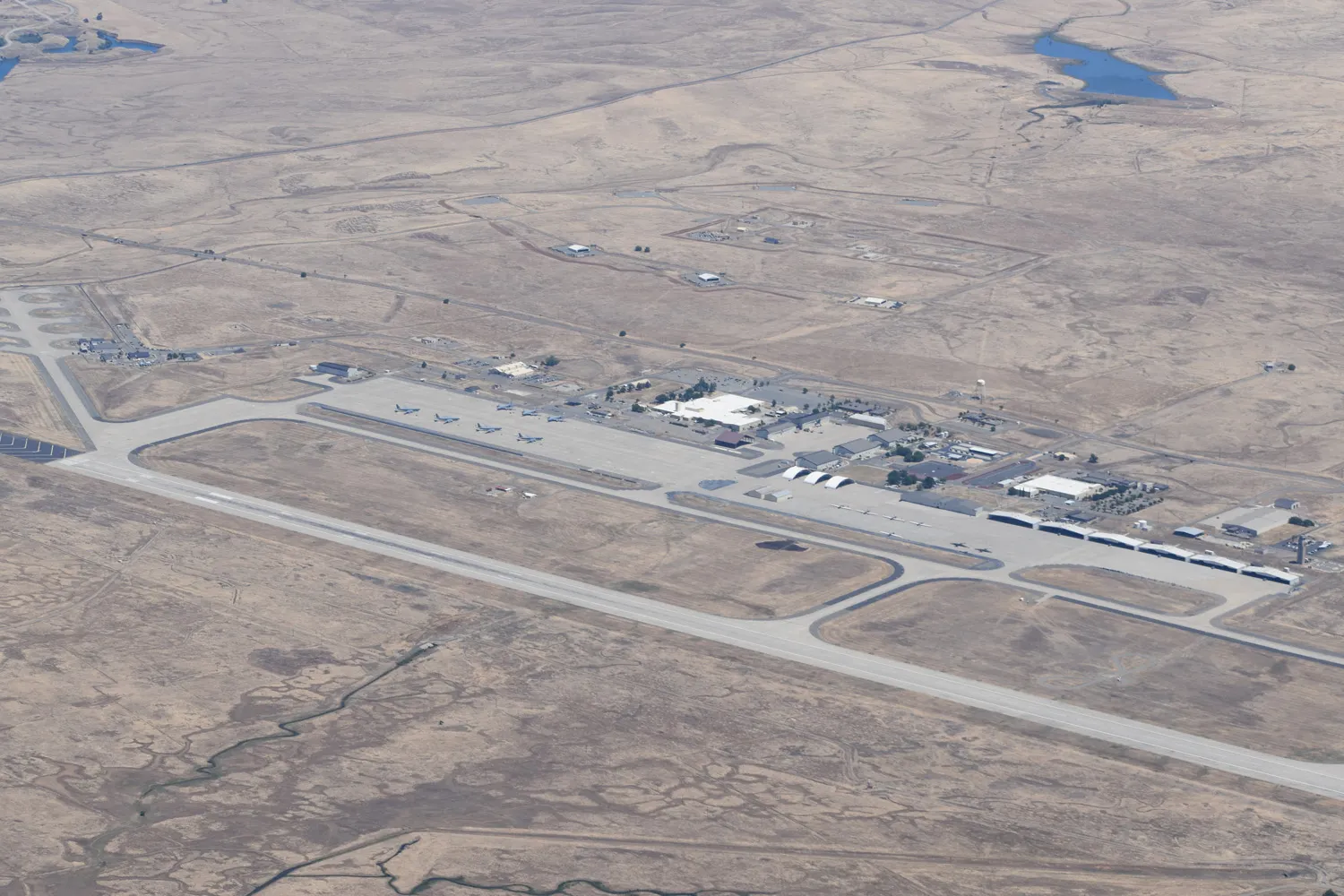
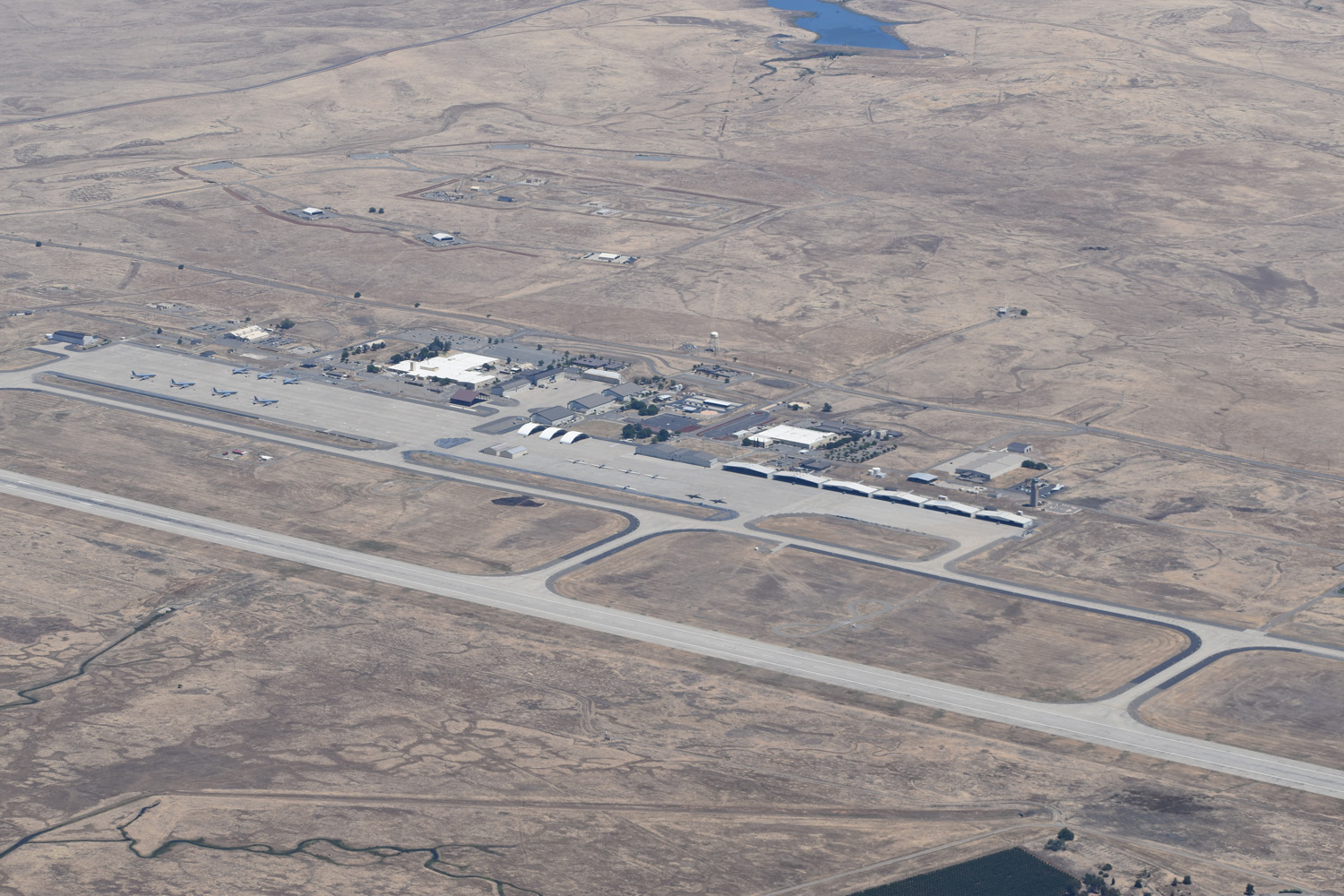
One major change on the base in recent months, according to satellite imagery, is the move of the T-38s from the northern part of the ramp with their own independent hangar, down to the central part of the ramp, where large sunshades have been erected to keep the black jets out of the baking sun. The hangar that once supported them has also gone through a heavy rework over the winter, with a new roof and structural modifications, the addition of heavy environmental systems, and what looks like a large fuel tank, right next door. A fence now surrounds that entire facility, as well, including its access to the general apron area. It isn’t clear if parts of this fence are temporary, although a more permanent security fence could easily be installed to encapsulate the facility and its own apron area.
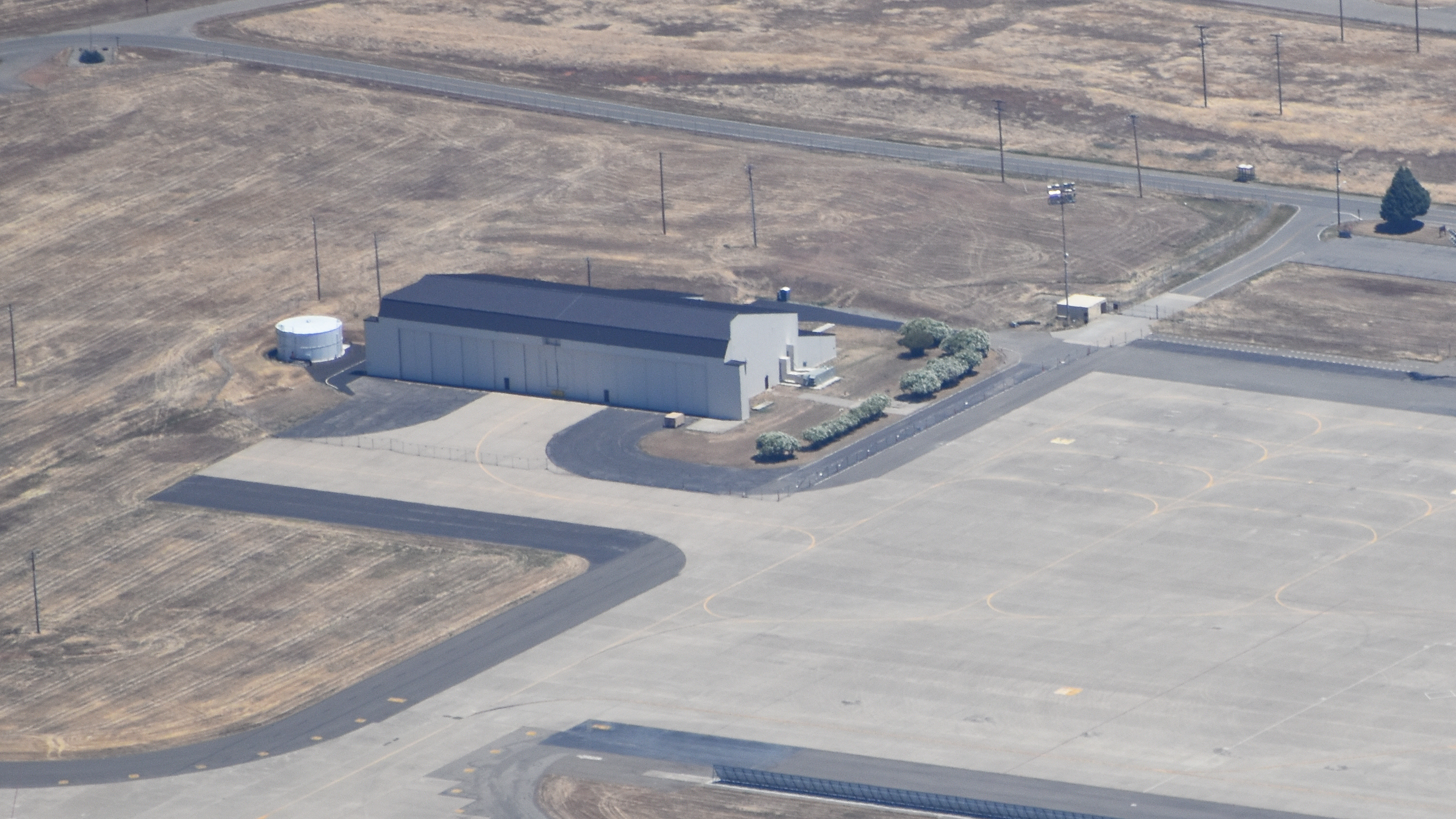
Last fall, Aviation Week’s Guy Norris posted the famed outlet’s latest report on the so-called RQ-180, a very stealthy, deep-penetrating, high-altitude, long-endurance, unmanned aircraft that could take on a similar role as a Global Hawk, and possibly more, but it can do so in highly contested environments. We have talked about the existence of this aircraft for years. At the time of Aviation Week publishing its report, Norris claimed that the operational unit that could be flying the all but fully admitted to secret aircraft is now based out of Beale, as well as possibly a number of RQ-180s. This would make sense for obvious reasons, but at the time, as we pointed out, there was nowhere highly secure and modified to a low observable (stealthy) aircraft’s special needs to put such an aircraft on the base. Now, with this new hangar rehabilitation with its curious features, this may no longer be the case.
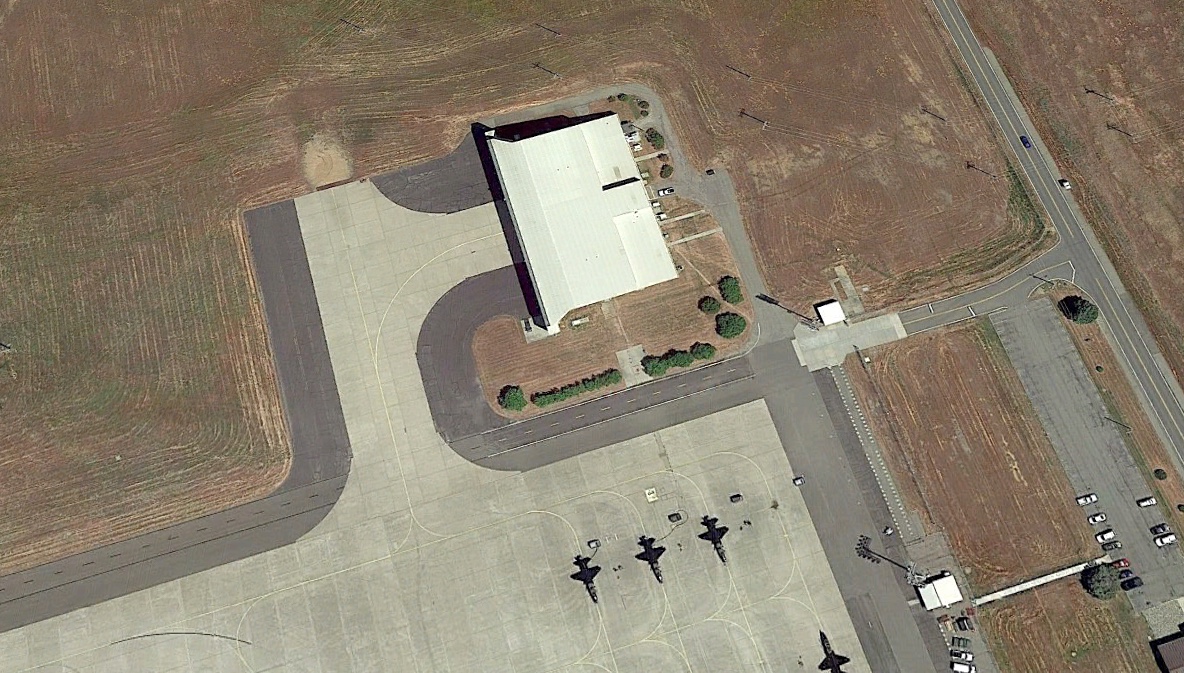
The hangar’s location is in a relatively remote part of the ramp and in a higher-security area of the installation that has very easy access to the end of the runway. Having its own fuel farm would also be very convenient for operating a sensitive platform independently and under tight security restrictions at an active base with less sensitive operations ongoing daily. Even touching the aircraft’s exotically coated skin would likely require special clearances.
Is it possible that this facility could end up being used for something else? Absolutely. Maybe the T-38s will return to this ramp in the near future or the facility will be used for another purpose. But a lot is lining up here that points otherwise and the size of the hangar, roughly 200 feet wide, would probably allow for at least a couple of the secretive drones to be housed there. These aircraft would exist in very small numbers, so it wouldn’t be surprising for two of them to be based at Beale at this stage of the program, with more of them joining them over time and as more specialized facilities come available.
If all this is indeed the case, the RQ-180’s transition from out of the black and into the gray may be imminent.
We will be talking about this and so much more in our long-in-the-works RQ-180 feature. So, stay tuned for that.
Also, as usual, Gabriel posted his entire file of images in the public domain, which you can see at this link.
Contact the author: Tyler@thedrive.com
